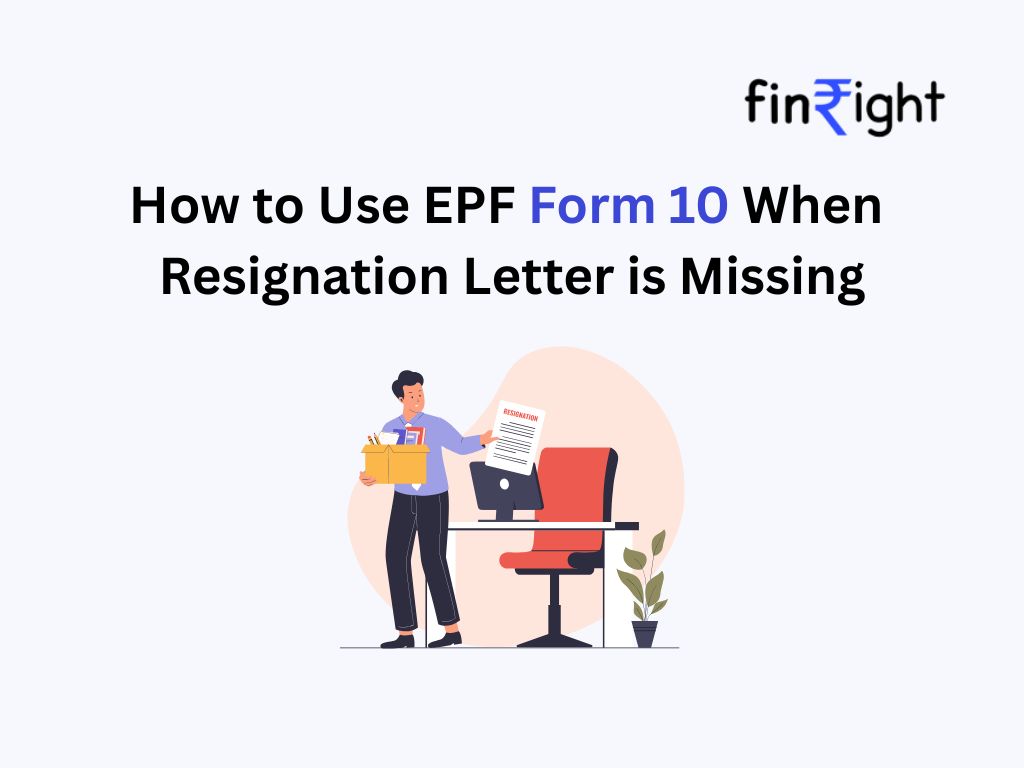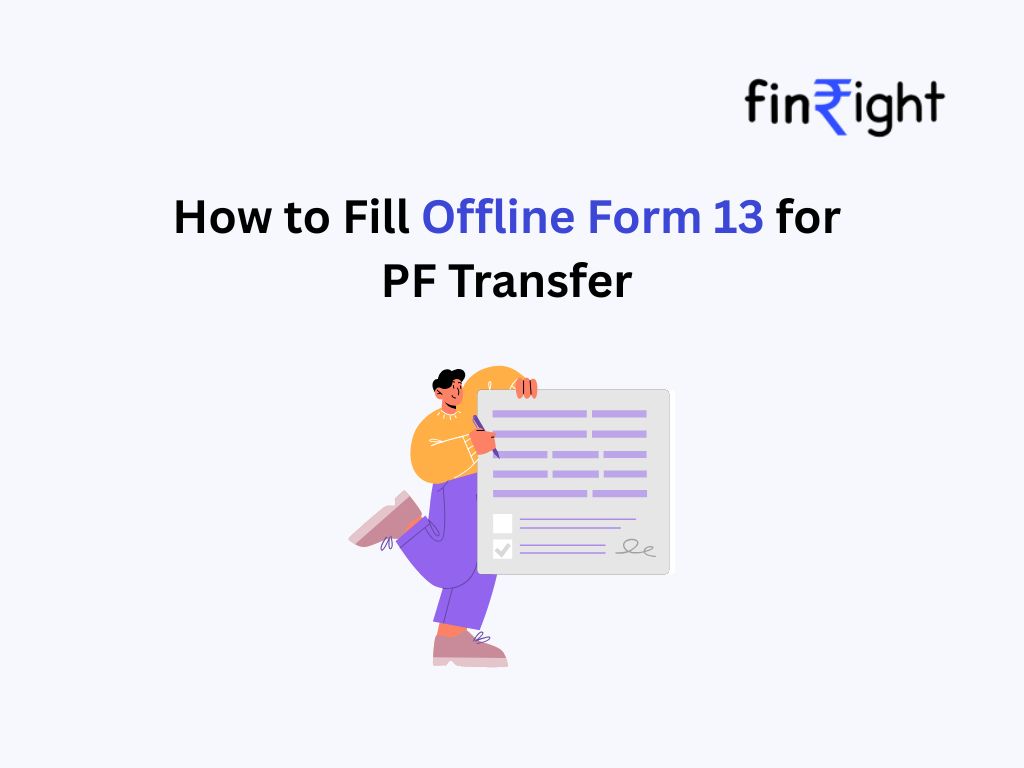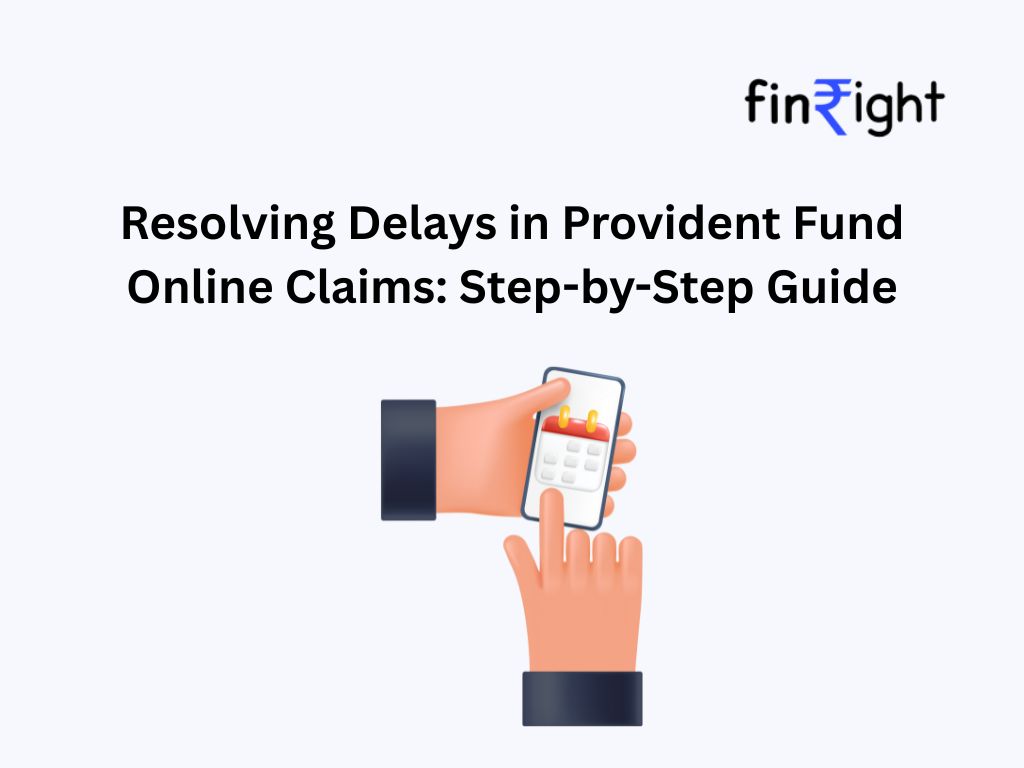What is EPF Form 10?
EPF Form 10 is an official document used by employers to declare the exit of an employee from their organization. It records the Date of Exit (DOE) and is submitted to the EPFO as part of the monthly return process. While the employer is responsible for filing it, employees rely on this form when:
- Date of exit isn’t updated in EPF records
- They’re applying for EPF withdrawal or pension
- There’s a need to prove formal separation from a previous job
In such situations, Form 10 acts as a recognized exit validation document, especially if a relieving letter or resignation acceptance is unavailable.
When Should an Employee Use EPF Form 10?
Employees should consider using EPF Form 10 when their Date of Exit (DOE) is either missing or incorrectly marked in the EPFO system. This often leads to delays or rejections in EPF withdrawals, account transfers, or pension claims. In such cases, the employee may be required to file a Joint Declaration Form to correct the DOE or other service details. This correction process mandates submission of two supporting documents as proof.
If you don’t have conventional documents like a relieving letter, resignation acceptance, or final settlement proof, an attested copy of Form 10 from your employer can act as one of the required documents. Since Form 10 is officially submitted to the EPFO to confirm your exit from the organization, it serves as a valid and recognized record of separation. This makes it a practical and effective alternative when other documents are unavailable, ensuring your claim or correction request is processed smoothly.
Why Is EPF Form 10 Important for Employees?
- Confirms official Date of Exit (DOE) in EPFO records
- Eliminates dependency on employer’s relieving letter or resignation documents
- Ensures continuity and accuracy of employment history
- Helps resolve errors or mismatches in UAN data
Components of EPF Form 10
The form includes:
- Submission month & year
- Employer details:
- Name and address of the company
- EPF establishment code
- Employee table with:
- Serial Number
Entry number for internal tracking - Account Number
The employee’s EPF account number - Name of the Member
Full name of the employee - Date of Leaving Service
The last working date (Date of Exit) - Reason for Leaving
Such as Resigned, Terminated, Retirement, Death, etc. - Remarks
Any comments, such as “pending settlement” or “final dues paid”
- Serial Number
- Employer’s signature, stamp, and date
Download the Form 10
You can download Form 10.
When documents like relieving letters or resignation acceptance slips are lost or unavailable, EPF Form 10 acts as a reliable proof of exit. Attested by the employer and submitted to the EPFO, it becomes a crucial part of EPF-related claim processes, including withdrawals, pension filings, and data corrections. Whether you’re wrapping up service with an employer or clearing past records, a verified Form 10 is your official assurance that your employment closure is recognized by the EPFO.
Frequently Asked Questions (FAQ)
1. What is EPF Form 10 and who files it?
Answer:
EPF Form 10 is submitted by the employer to the EPFO as part of the ECR (Electronic Challan cum Return) filing process. It contains the Date of Exit (DOE) of an employee and confirms that the employee has left the organization. Employees do not file this form themselves.
2. Can an employee use EPF Form 10 as proof of exit for PF withdrawal or pension claim?
Answer:
Yes, employees can use Form 10 to rectify or validate the Date of Exit (DOE), especially when the employer’s attestation is available. It serves as official proof that can be submitted to EPFO. As one of the proof.
3. Is Form 10 the same as a relieving letter or resignation acceptance?
Answer:
No. While a relieving letter or resignation acceptance is issued by the employer’s HR and confirms separation, Form 10 is a statutory document filed with EPFO to officially update the employee’s exit in the EPFO records.
Want to get your PF withdrawn and transfer visit us at Finright





